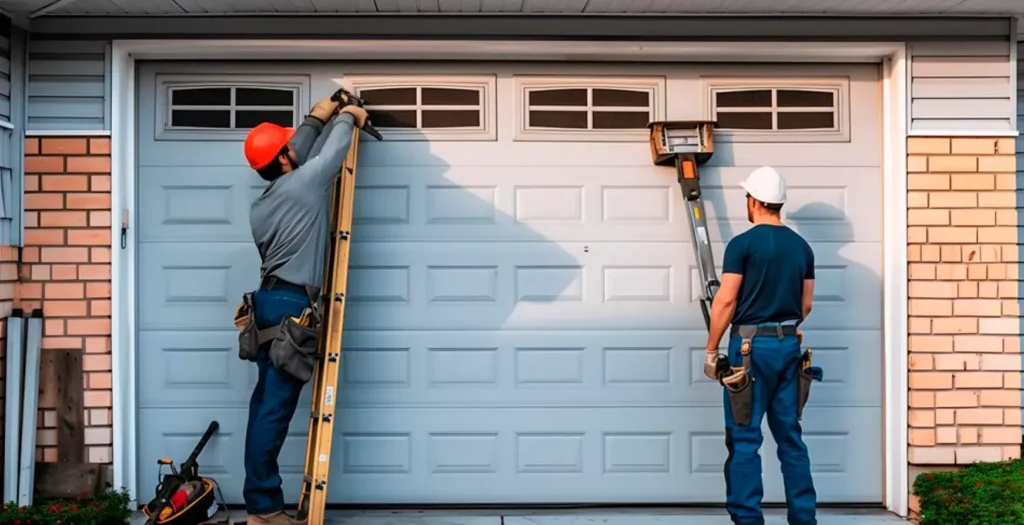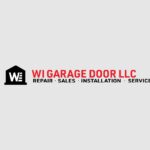In the domain of home upkeep, the significance of skilled garage door service cannot be emphasized enough, especially the adoption of top maintenance practices designed to prolong the life and functionality of this essential asset. Regular structured inspections by a professional garage door service are necessary to identify early indications of wear and tear, ensuring that issues such as misalignment or balance problems are dealt with promptly. Moreover, the application of appropriate lubricants is crucial in preserving the smooth operation of components like hinges, rollers, and springs. These practices not only improve the efficiency of your garage door but also reduce the risk of unexpected failures that could result in substantial repair costs. What remains to be seen, however, is how these routine measures can be effectively implemented to maximize longevity and performance, a topic worth exploring further for anyone dedicated to the maintenance of their home.
Routine Inspection Checklist
A routine inspection checklist serves as a critical tool in maintaining the best functionality and safety of your garage door. As part of an engaged and responsible homeowner community, regularly assessing the condition of your garage door plays a crucial role in guaranteeing it operates smoothly and securely. This checklist not only aids in the identification of potential issues before they escalate but also fosters a sense of safety and community mindfulness.
Firstly, visually inspect the door itself for signs of wear and tear such as dents, cracks, or rust. These can compromise the door’s integrity and functionality. Check all mounting hardware, including hinges, screws, and tracks, to make sure they are tight and aligned correctly. Misalignment or looseness can lead to serious malfunctions.
Next, test the door’s balance. Disconnect the automatic opener and manually open the door halfway. A well-balanced door will stay in place, while an imbalanced one will fall or rise, indicating tension issues in the springs, which demand professional attention.
Also, examine the rollers and cables. Look for frayed cables and worn or cracked rollers, which can impede smooth operation. Remember, these components bear a lot of tension and should be handled with care to uphold the communal safety standards we value.
Essential Lubrication Techniques
Proper lubrication is fundamental to the longevity and efficiency of your garage door mechanism, making regular garage door service a crucial part of home maintenance. Ensuring that all moving parts are well-oiled reduces friction, which in turn minimizes wear and tear and preserves the integrity of the components. The process is straightforward yet requires attention to detail to avoid common pitfalls.
First, select a suitable lubricant. Silicone-based or lithium-based greases are preferable as they tend not to attract dirt and debris, which can compound mechanical issues. Avoid using WD-40 as it is a solvent, not a lubricant, and can lead to further degradation.
Focus on key areas: hinges, rollers, and springs. Apply a small amount of lubricant to each hinge, ensuring it works into the pivot points.
For rollers, a light coating on the bearings—avoiding the tracks—will suffice. Over-lubrication can attract dirt that clogs the system.
Springs, particularly torsion springs located above the door, benefit from a thin layer to maintain smooth, quiet operation.
Annually, or bi-annually in harsh climates, reassess and reapply as necessary. This not only preserves your garage door’s functionality but also integrates regular garage door service practices into your routine, helping maintain your home at peak condition.
Read more:
Garage Door Service Essentials from WI Garage Door LLC: DIY Repair Techniques You Need to Know
Seamless Solutions by WI Garage Door LLC: Service Installation Made Easy

